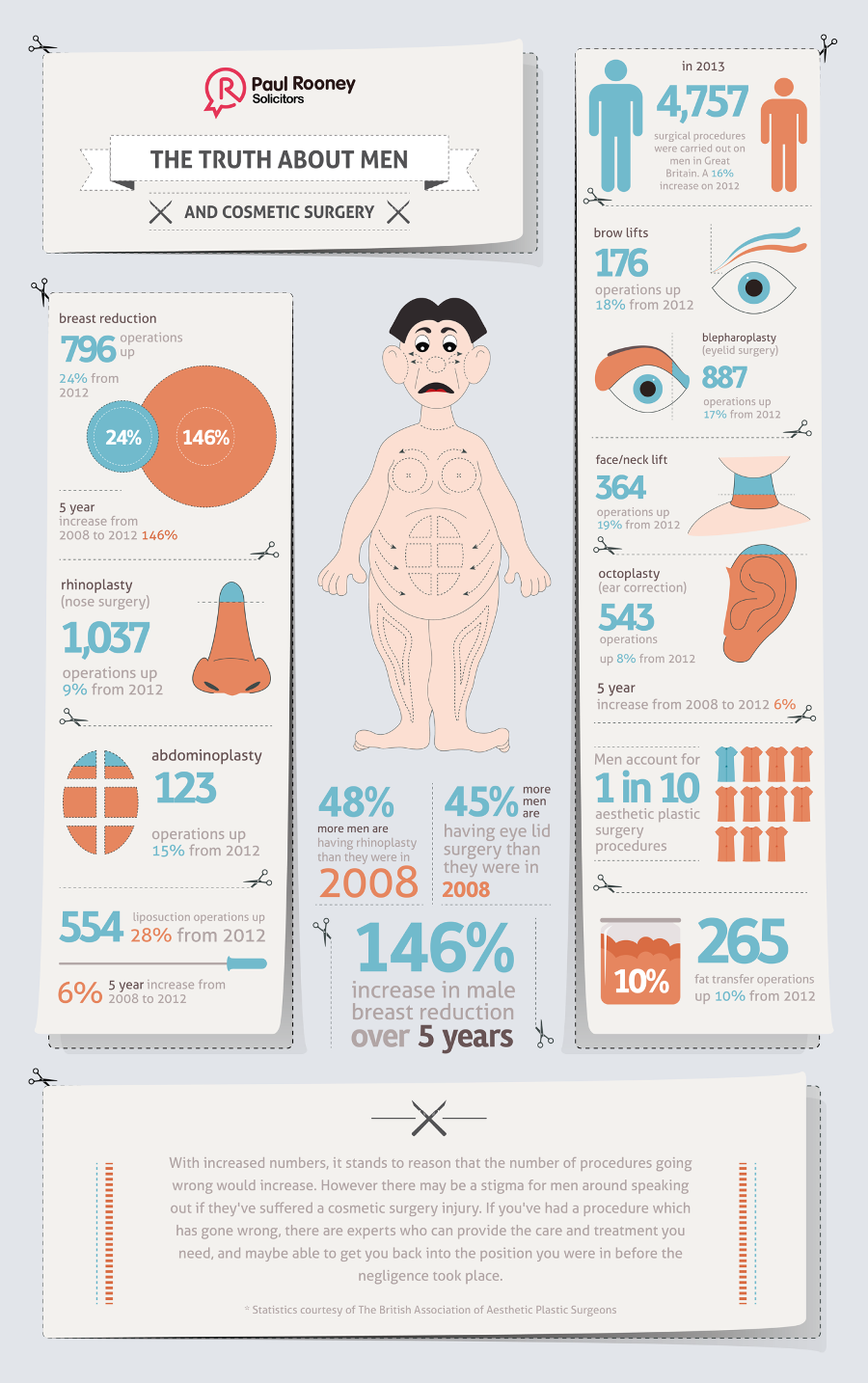Normal workout, also just brisk strolling or swimming, aids improve mood and reduce stress. It additionally enhances hormonal agents and neurotransmitters that promote healthy and balanced skin, such as serotonin and dopamine.
Make certain to put on tidy exercise clothes that have been washed just recently-- unclean, perspiring apparel can trap bacteria and contribute to body acne. And if you have makeup on, think about utilizing micellar water to rub out your face prior to working out.
1. Sweating can obstruct pores.
Exercise helps the body in numerous methods, from more powerful muscle mass to reduced high blood pressure and boosted state of mind. It can also help reduce acne breakouts, as long as the right practices are in place.
During workouts, the heart rate increases which triggers the gland to open up and drain. However if makeup, dirt and germs stay on the skin, these can block pores and cause the growth of acnes. Sweat can additionally alter the pH equilibrium of skin, triggering it to be a lot more delicate and vulnerable to inflammatory acne.
Acne that develops due to sweat can appear anywhere on the body, but it frequently appears in areas prone to friction, like under clothing bands or headbands. The most effective means to stay clear of sweat-related acne is to put on breathable garments, clean common devices before utilizing and shower as soon as possible after a workout. It's also helpful to use a mild, non-comedogenic cleanser prior to and after working out.
2. Washes can block pores.
While sweat itself doesn't cause acne, all that bacteria trapped on the skin can clog pores and add to inflammatory outbreaks. That's why exercise hygiene is so essential for those with acne-prone skin. Wear breathable, moisture-wicking clothes, clean down tools prior to usage, and shower right away after your sweat session to help reduce bacteria build-up and protect against stopped up pores.
Acne happens when hair follicles and pores get jammed-up with oil and dead skin cells, triggering the body's all-natural inflammatory action to remove them. When the sweat from a workout mixes with these particles, it can bring about stopped up pores and swelling that's typically seen as acnes or pustules on the shoulders, back, upper body, neck, or temple.
Dirty clothes can exacerbate the trouble by capturing sweat beside the skin, causing a microbial overgrowth called Malassezia-- a problem that might be finest treated with oral antifungal drugs. It's additionally a great idea to lug added clothes and clean towels to the health club so you can on a regular basis alter out of sweaty attire and clean your skin down with fresh, tidy towels before heading home.
3. Tight-fitting clothes can obstruct pores.
Sweat itself does not trigger acne, but if it's entraped against the skin by tight-fitting clothes and rubbing, it can block pores and result in outbreaks. That's why it is necessary to use loose-fitting workout clothing.
Massick additionally suggested wiping down sporting activities and exercise equipment prior to using it, as sharing helmets or jackets with other people can transfer unsafe, acne-causing germs to the skin. He stated it is essential to bath post-workout, as well, to ensure that sweat and pore-clogging oils are rinsed off the body prior to they can result in a breakout.
Last but not least, Massick encouraged patients to maintain gentle, non-comedogenic body wash in their health club bag so they can wash the face and body quickly after exercising. He recommends cleaning with a cleanser that contains salicylic acid or benzoyl peroxide to help in reducing pore-clogging oil and avoid acnes from developing. He also recommended drinking great deals of water to assist clear out toxic substances and decrease sebum manufacturing. That, coupled with a healthy and balanced diet and stress and anxiety administration techniques, can assist ward off acne-inducing tasks like exercising.
4. Makeup can obstruct pores.
While exercise is great for your mind and body, it botox for migraines can sometimes trigger or aggravate acne. Nonetheless, many usual misunderstandings concerning acne and exercise linger. Acne is actually brought on by hormonal modifications, most frequently triggered by adolescence, durations, the pill (particularly when coming off it), maternity and tension. These hormonal agents can also be worsened by diet, dirty clothes and a high-stress way of living.
For those who still experience outbreaks while exercising, think about taking some preventive steps: Put on skin-friendly, breathable fabrics that can help in reducing sweat build-up. Avoid limited garments or hats that can trap sweat, dust and microorganisms. Wash and wash all exercise clothes and towels regularly to prevent germs transfer to the skin. Laundry your face with a gentle cleanser and moisturize. If you need to put on makeup, select marginal makeup with a non-comedogenic formula that will not clog pores.
While exercise does not straight cause acne, inadequate skin hygiene, not rinsing after sweating and sharing tools can all contribute to the issue. By focusing on skin treatment and incorporating great behaviors into your workout regimen, you can still obtain that healthy radiance while remaining active.
